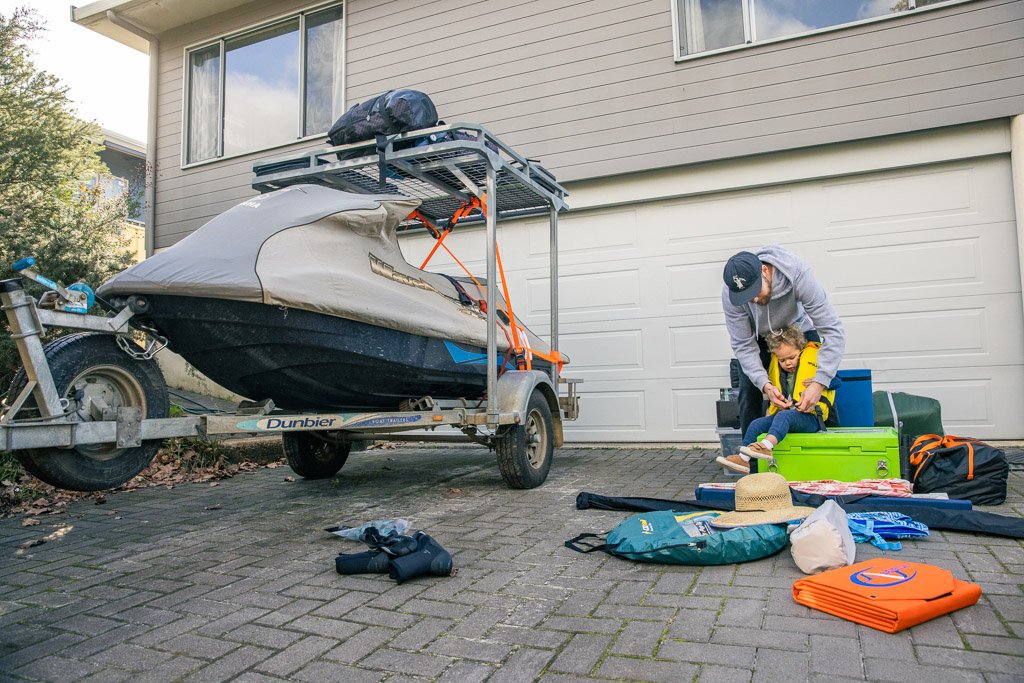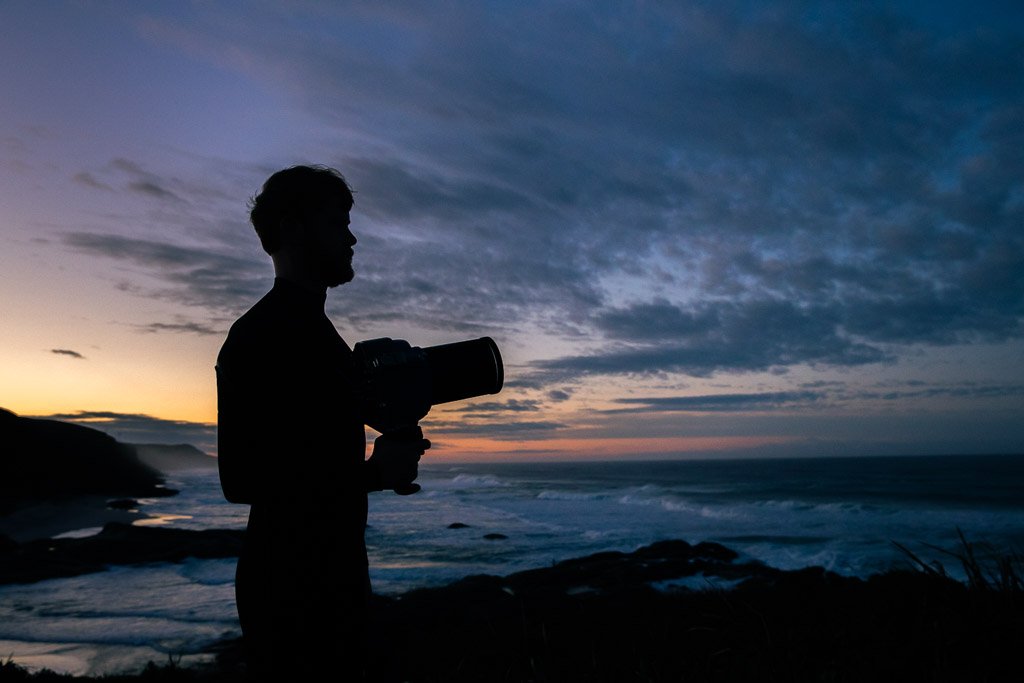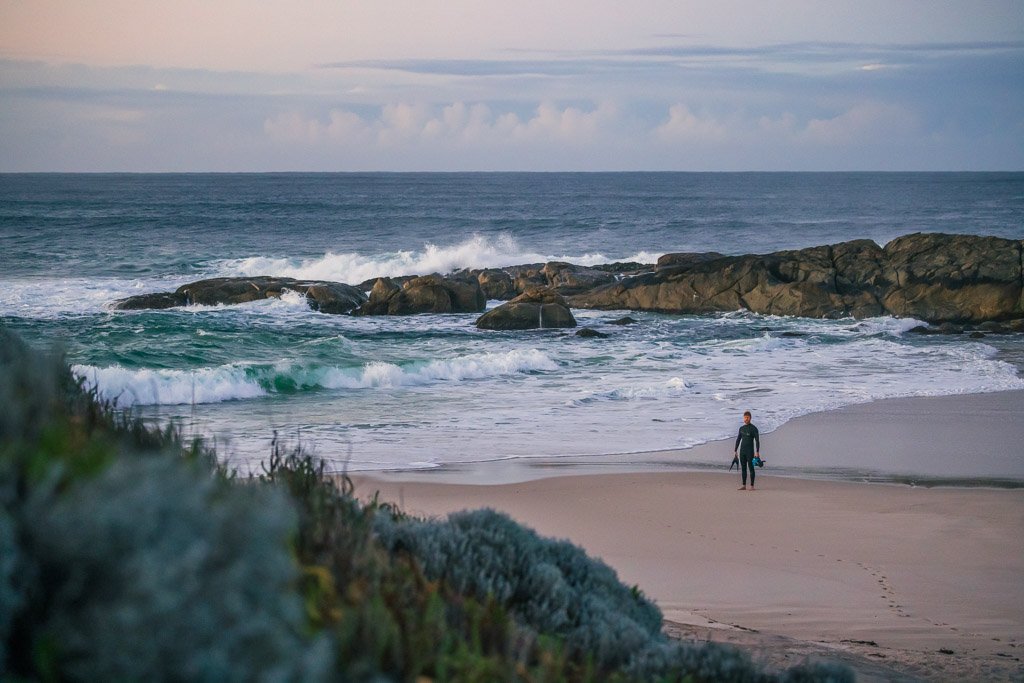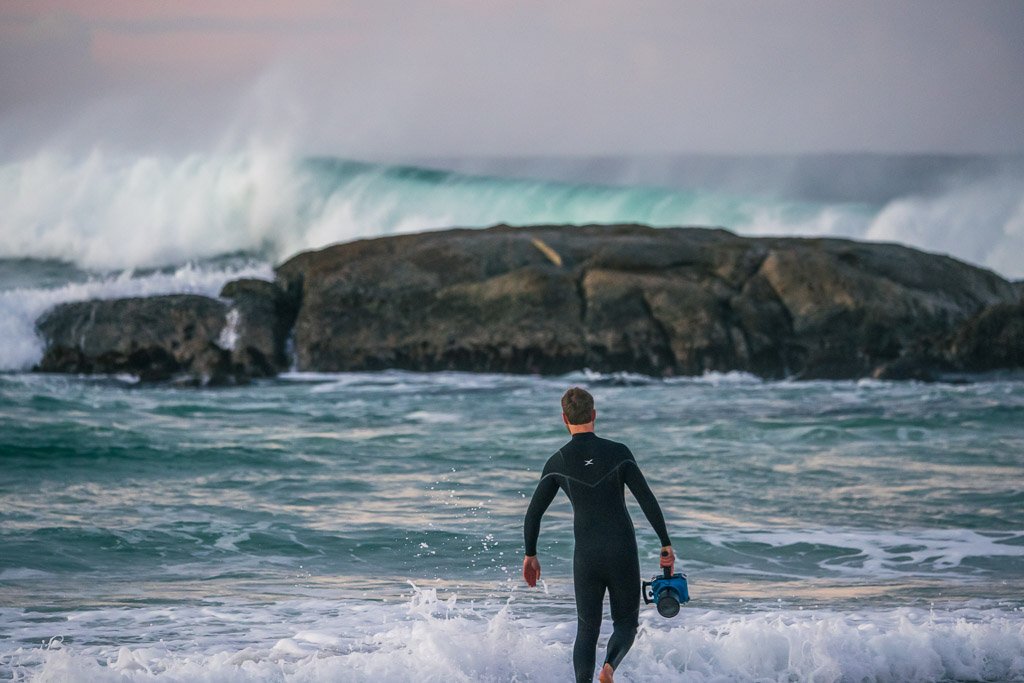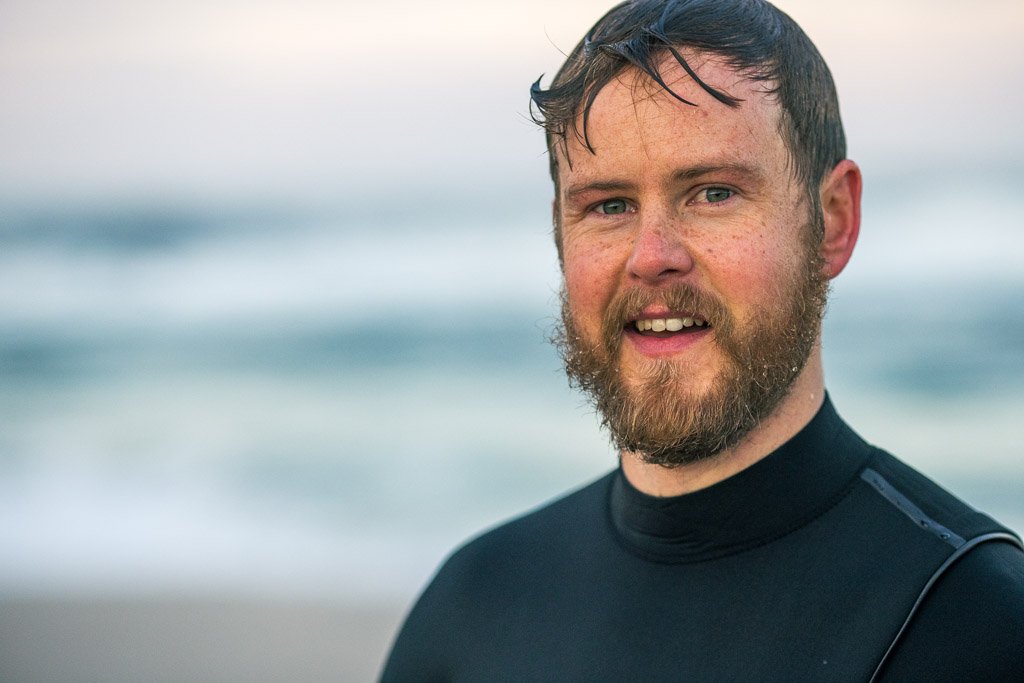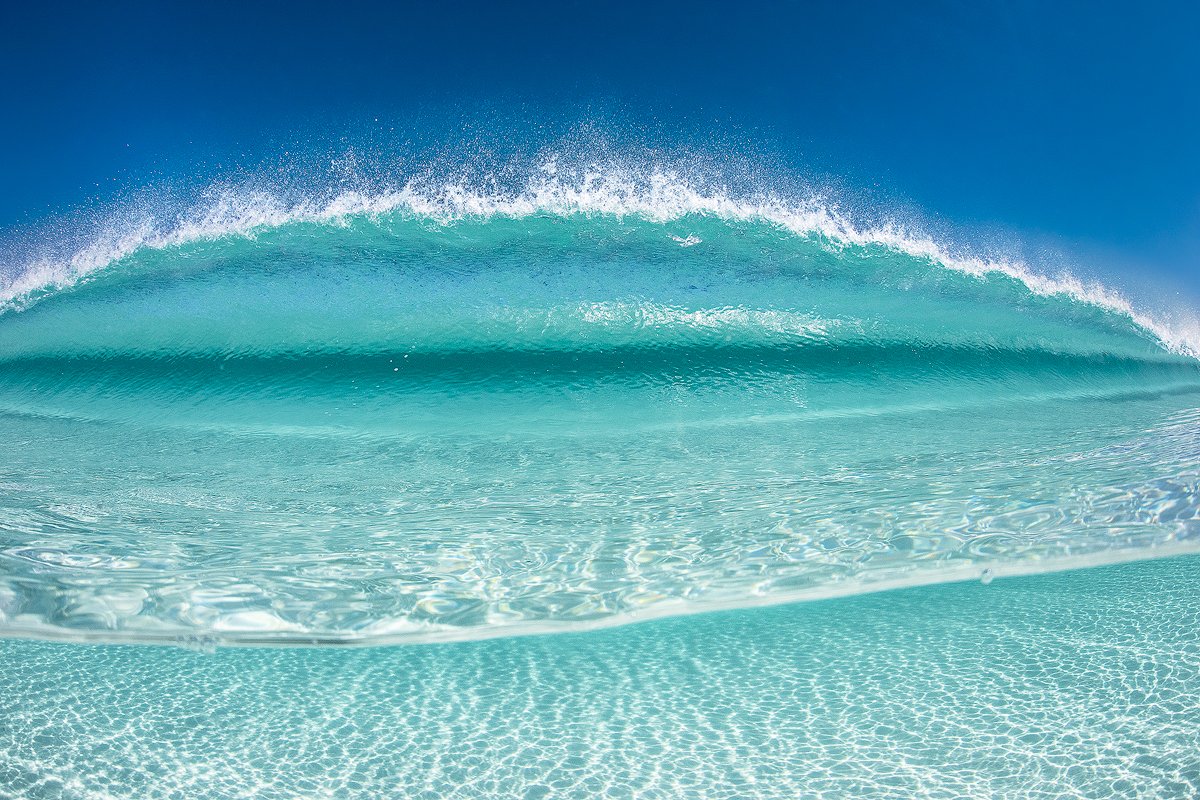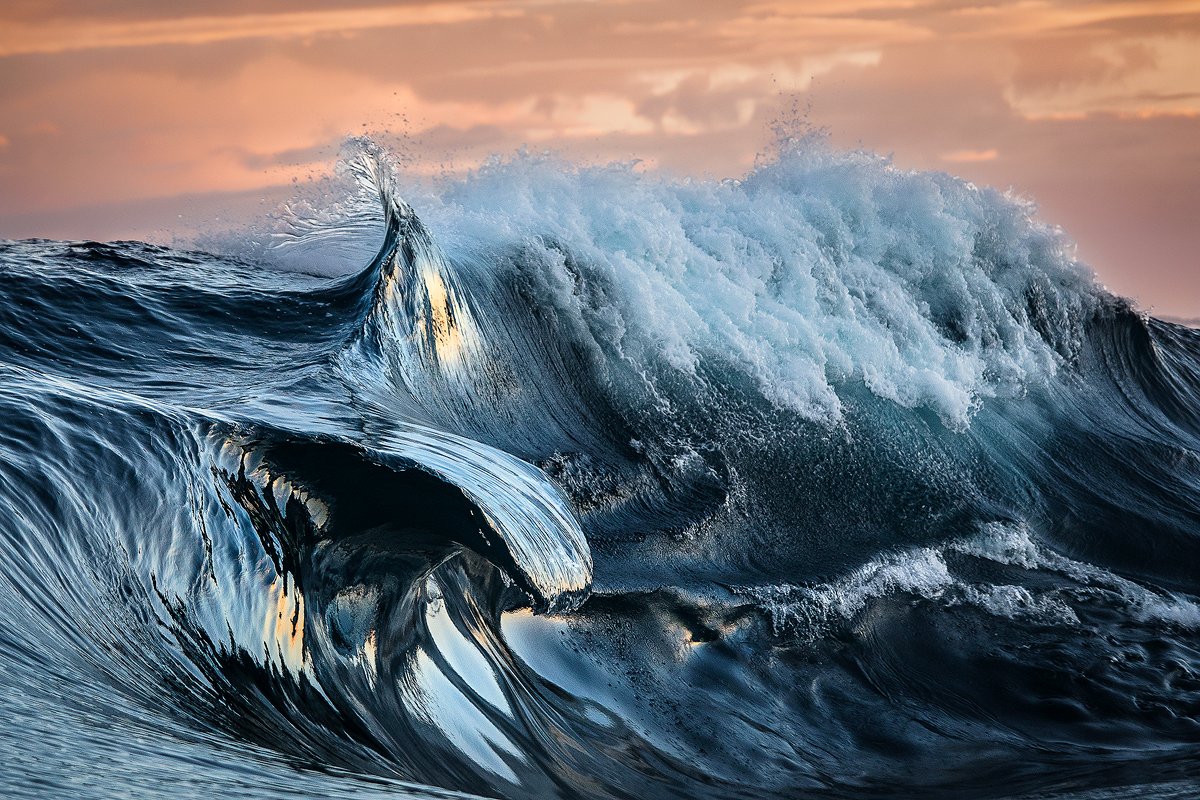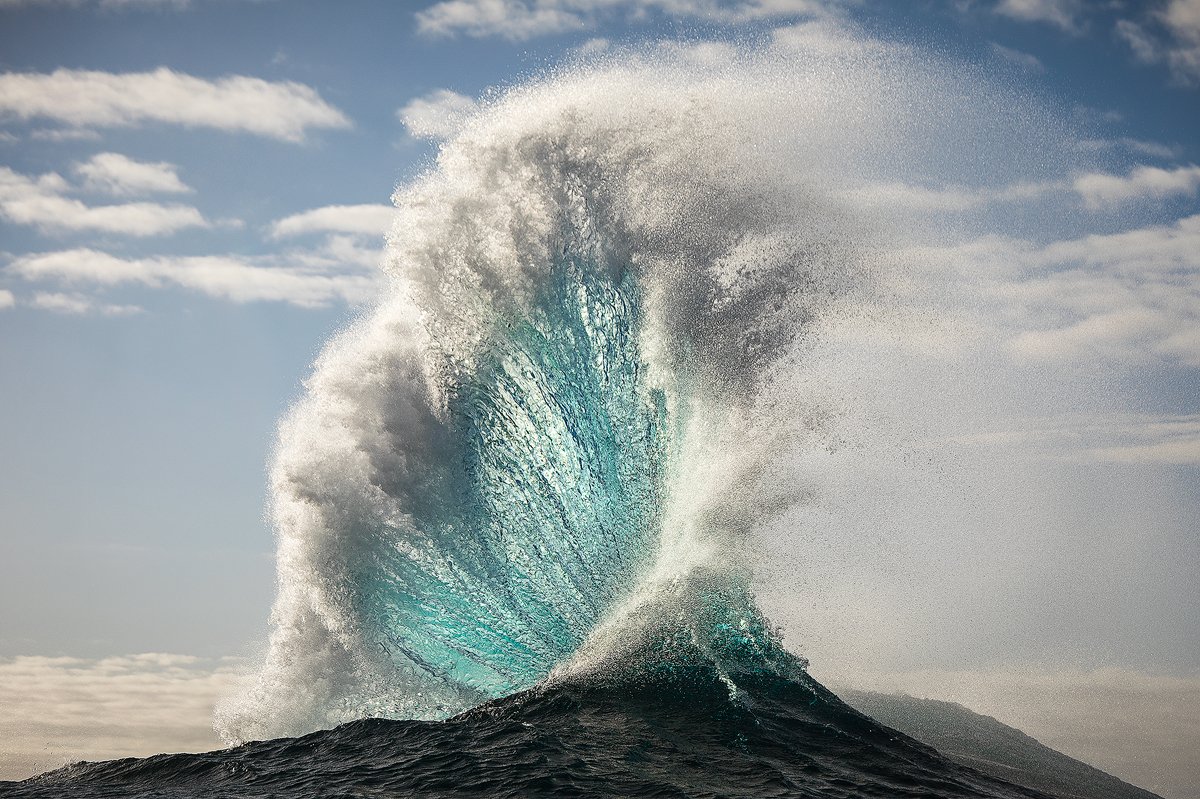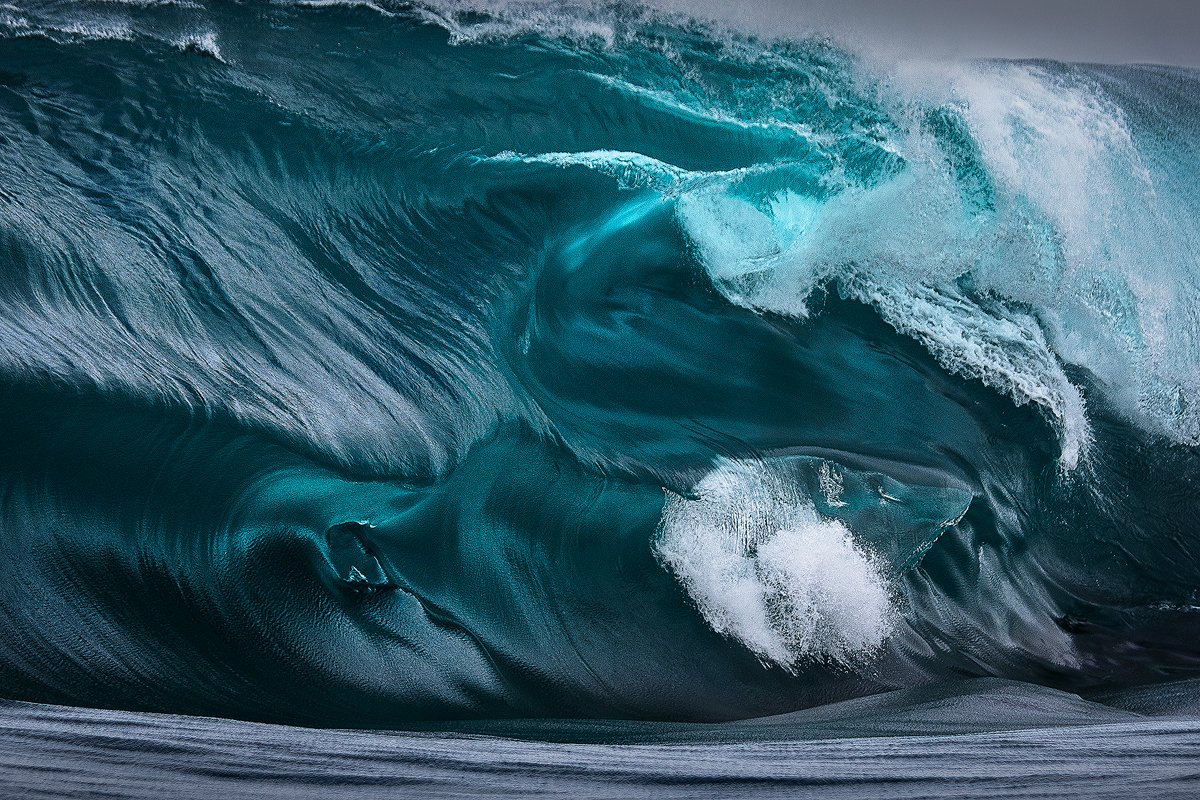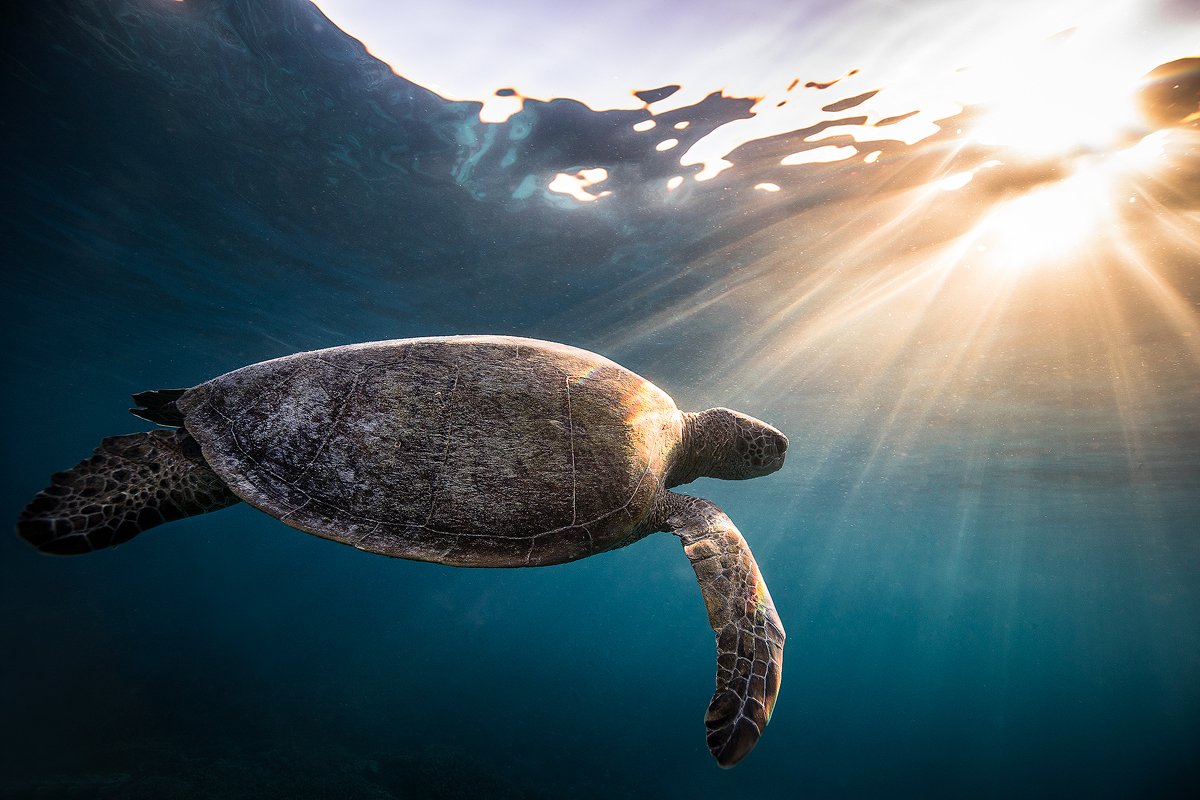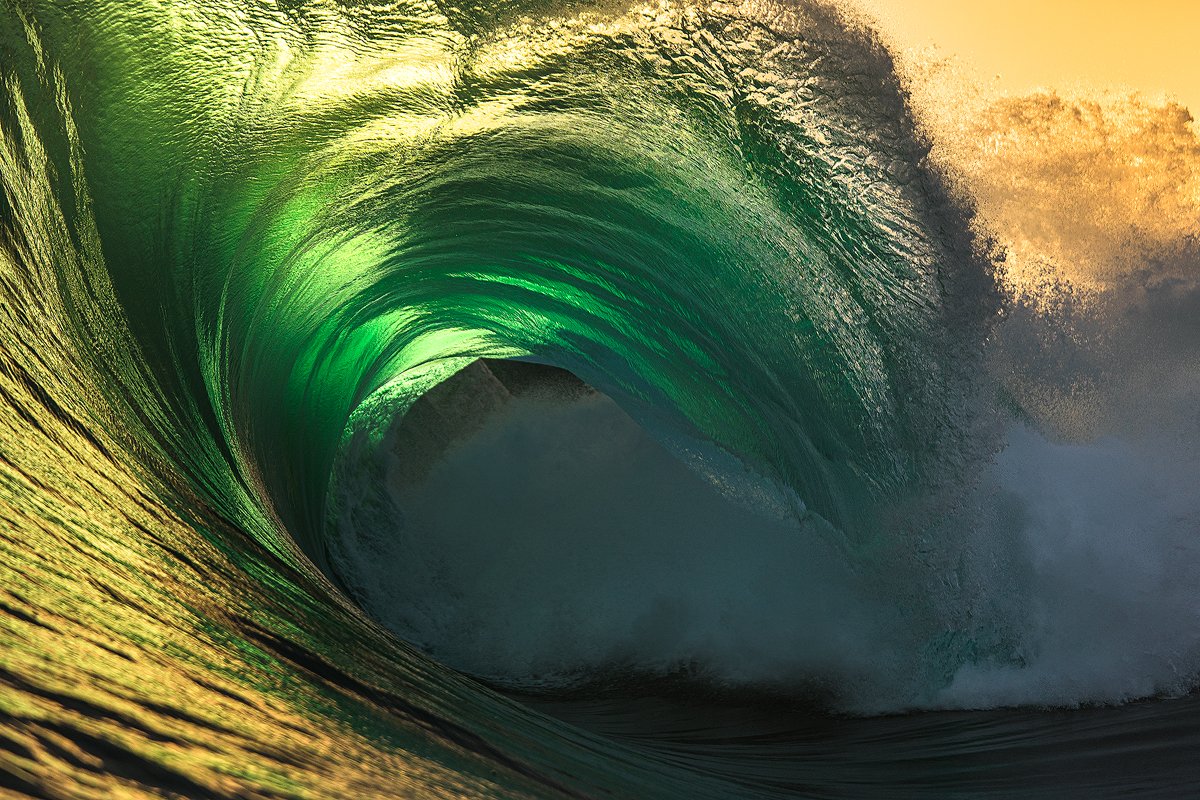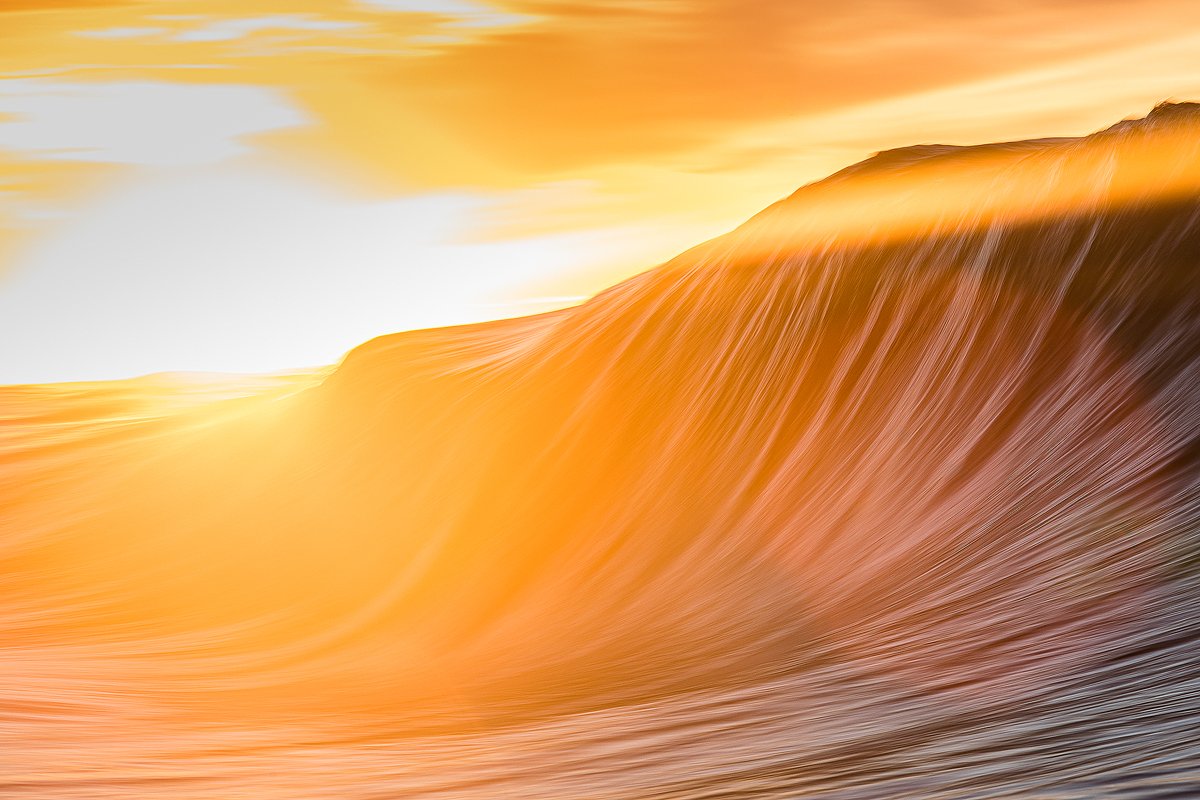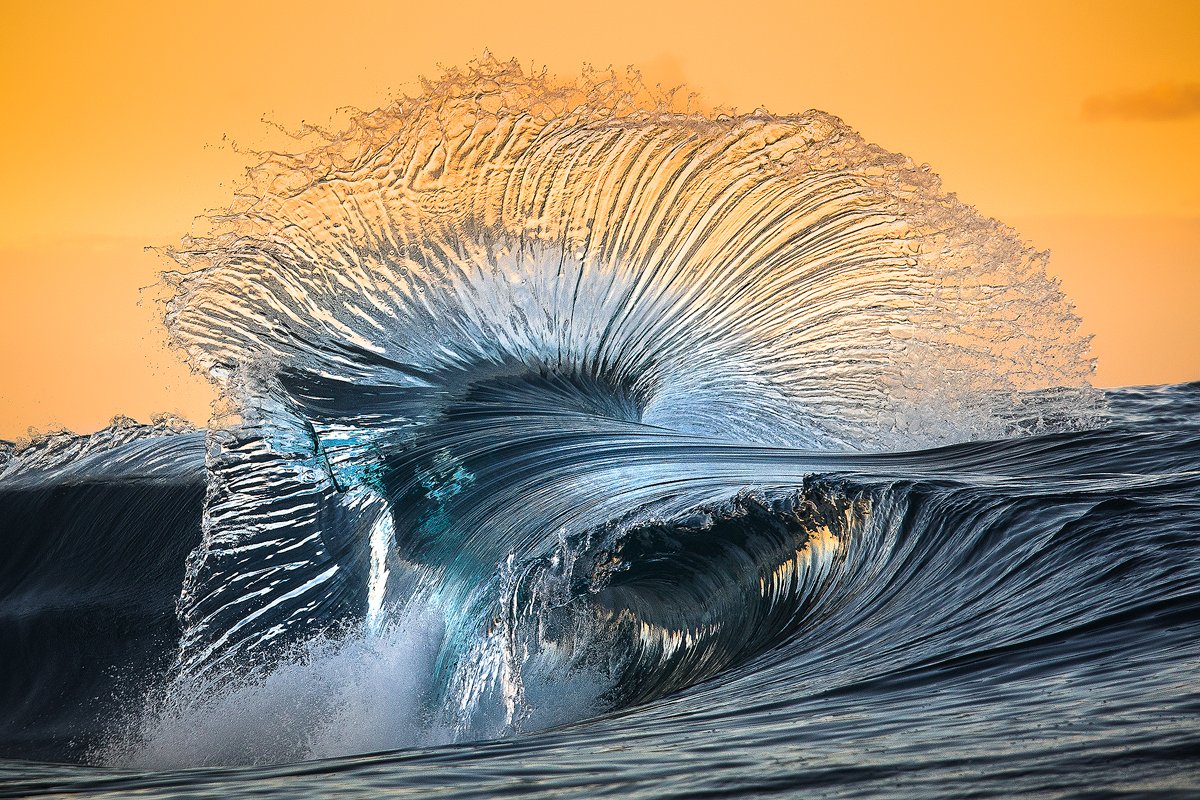OCEAN PHOTOGRAPHER - MATT BLAKERS
WRITTEN By Serena Kirby, PROFILE IMAGES BY NIC DUNCAN - both are western australia based media stringers
WAVE IMAGES BY MATT BLAKERS
Matt Blakers sees the Western Australian seasons through a photographer's lens. And, for him, each season has a unique signature that it scribes across the sea.
Spring is playful, even flirtatious, and writes with a light hand. The waves are smaller with a soft and inviting luminescence.
Summer, by contrast, writes with a pen packed full of colour, casting hues from a palette of vivid blues and warm golds. The falling lips of the waves are lighter, the sunsets are brighter and the water is warmer.
With Autumn comes the best swells for surfers. There’s light winds and clean waves that break at the crest when fully formed before rolling over on themselves and travelling smoothly to the shore.
But it’s winter that really gets this ocean photographer’s adrenaline pumping.
‘Winter waves are raw, dramatic and chaotic,’ Matt says. ‘You get big lumpy swells and rogue waves and I know to be ready to hold my breath.’
Born and raised in Manjimup, a small land-locked town in regional WA, Matt’s affinity with the ocean came from childhood holidays to the coast.
‘Our beach holidays were incredibly special; I just loved being out in the waves,’ Matt says. ‘I was given a video camera when I was a teenager - you know, the old style type with those little cassette tapes - and I’d film us all mucking around at the beach. When digital cameras came out I started exploring the artistic elements of photography. I was instantly hooked and was soon combining my two passions; the ocean and photography.’
Five years ago Matt, who’s also a surfer, and wife Maddie chose to put down roots closer to the coast and chose the little town of Denmark in WA’s Great Southern to call home. It’s a place where towering forests meet the Southern Ocean, where coastal cliffs create dramatic scenery and where the water is crisp and clean.
As a qualified chiropractor, it was also the perfect place for Matt to open a one-man clinic with the aim of balancing professional life with his photography passion. Being ‘the boss’ means he can close up shop for days or weeks at a time and escape into the sea.
And Matt goes to great lengths to take his shots. He travels to Exmouth in the State’s far north and Esperance in the deep south, and everywhere in between. He’s photographed along Australia's east coast and also the Great Barrier Reef.
Each shoot is planned well in advance and in the days preceding it he’s constantly checking forecast charts on his mobile phone. Cloud cover, wind speed, tide times and swell direction are all critical in deciding where and when to shoot.
On the day of a shoot he’ll be up at 3am, packing his gear into his well-travelled ute while being careful not to disturb his sleeping toddler, George. Maddie has promised him a “fate worse than death” if he’s woken.
‘I always arrive at a location well before dawn to give me time to get all my gear on and my mates will tell you I’m not the quickest mover,’ he laughs. ‘Sometimes I’m alone, other times I’ll have someone with me who’ll drive the jet ski or hang out in the surf.’
Matt says pre-dawn is his favourite time of day. It’s the Golden Hour; that time just before sunrise. It’s still too dark to see much but, if there’s a big swell, you can hear the ocean rumbling; throwing itself against cliffs or crashing on the shore. It can be deafening, even intimidating and the sound surrounds you like an amphitheatre.
Then, when the first sun rays emerge above the horizon their fingers of light cast sublime colours on the water and across the morning sky.
‘When I’m shooting, I’m constantly moving in the water to catch the light at just the right angle. I’m also trying to manipulate the wave’s shape. I can lower the camera to chest height to accentuate scale or hold it high above my head for a different perspective. I'm out there for hours, taking thousands of pictures but usually only one or two capture the result I want.’
And that “result” can be soft graduated colors with dreamy effects using a slow shutter speed or shooting fast to freeze water spray in mid air. It can also be waves that look like molten gold or ones that are black and brooding like oil.
But as it’s big waves that excite Matt the most, he says they don’t get much bigger than those at ‘The Right’. Located off a remote part of WA’s south coast, the waves here break a kilometre off shore so it’s only accessible by jetski. ‘The Right’ is a bombora (Bombie, for short) that can reach more than six metres tall and has the reputation for producing some of the ‘heaviest’ waves in the world. Thick, deep, wide and high, these gravity-defying waves carry the weight of literally hundreds of tonnes of water. And when these bombies break they can break you too.
Matt speaks calmly about the dangerous aspect of what he does.
‘It’s all about being really fit and learning where to position yourself when shooting. It can look scary but I’ve been taught how to free-dive and know not to panic as panicking leads you to lose your breath. I’ve certainly had my share of wipeouts as you can never be totally sure what a wave will do. I wear fins and a full wetsuit but no life jacket so that I can dive deep below a big breaking wave and I can go down 20 metres with the camera’s waterproof housing.’
Like any photographer, Matt feels the buzz of anticipation whenever he plugs his camera into his laptop after a shoot.
‘You never know exactly what you captured until it flashes up on the screen. There’s times when you get nothing worthwhile and times when a perfect image appears unexpectedly.’
But regardless of the results Matt hopes his images inspire people to respect and protect our vital and vibrant oceans. Only then can we truly call ourselves water-lovers and only then can we faithfully worship the waves.
VISIT MATT’S WEBSITE TO SEE MORE OF HIS INCREDIBLE WORK.
“‘You never know exactly what you captured until it flashes up on the screen. There’s times when you get nothing worthwhile and times when a perfect image appears unexpectedly.’”




